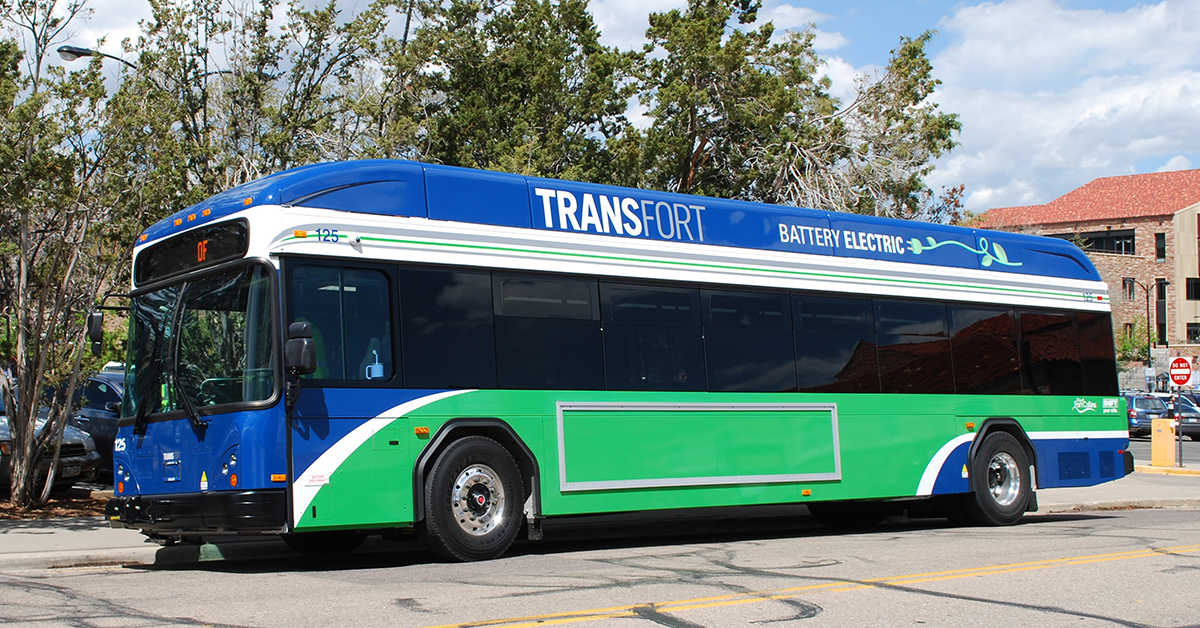
Both hydrogen fuel cell and battery electric technologies have a critical role to play in a zero-emission transportation future.
Much of the coverage of President Biden's push for a clean U.S. transportation system has centered around his ambitious plans to ramp up electric vehicles. Senator Joe Manchin, in his recent questioning of Department of Energy Secretary Jennifer Granholm, expressed concern about this pathway and posed a pointed question, "What resources does DOE need to put us on a path to a clean hydrogen economy?"
Senator Manchin's question is an important one but perhaps should be posed in the right context: hydrogen fuel cell technologies are not an alternative to battery electric technologies but are a necessary complementary technology. Both technologies and their respective infrastructures, supply chains, and workforces will be required to build a fully zero-emission transportation system. To borrow a term from the recent past of energy policy, we will need an "all-of-the-above" zero-emission technology strategy.
Use the right tool for the job
CTE's experience deploying zero-emission trucks and buses around the country has proven that successful deployments require matching the appropriate technology to the application. Fuel cell and battery electric technologies are not mutually exclusive, as some political discussions may indicate. Different operational demands necessitate different technology solutions, each with benefits and tradeoffs for various operating conditions, duty cycles, and agency resources. This applicability factor is crucial within the transit bus industry and will become increasingly important as these technologies expand to other transportation sectors with particularly strenuous duty cycles.
For current technologies, hydrogen fuel cell vehicles typically have a longer range and faster fueling times than battery electric vehicles, and hydrogen-powered fleets are more easily scaled due to the ease of fueling compared to charging. Battery electric vehicles, however, are simpler and more efficient machines-converting energy into useful activity at a much better conversion rate than hydrogen vehicles-and currently have lower vehicle and operational costs. In CTE's experience, hydrogen fuel cells provide a zero-emission solution for heavy-duty, long range applications like long-haul trucking and long, high-speed transit routes. Battery electric technology, comparatively, can integrate well into transit operations in a dense urban area. CTE regularly compares both technologies to determine the best solution for each transit agency's unique needs. To build a fully zero-emission transportation sector, we need attendant research funding, infrastructure build-outs, and policy measures that support both hydrogen fuel cell and battery electric technologies.
Supporting each with supply chain synergies
Admittedly, there are still present-day challenges to achieving this technologically-balanced, holistic vision of a future clean transportation system. But the reality is that the thorny questions about which pathway to take still point toward a multi-technology answer. Zero-emission transportation fuels, including hydrogen and electricity, all need to be produced in some manner but have the flexibility to use traditional carbon-based feedstock or renewable energy. By expanding renewable energy and strengthening relationships between the utility and transportation industries, we will pave the way for higher levels of production of both clean electricity and green hydrogen.
Additionally, concerns over foreign control of battery supply chains will not be assuaged by focusing solely on hydrogen fuel cell vehicles for a simple reason: fuel cell vehicles still use the same electric powertrain and type of batteries as battery electric vehicles. In fuel cell electric buses, a fuel cell is simply an additional conversion device that allows for longer ranges and faster fueling with hydrogen, but batteries still do the work to make the bus actually go somewhere. The fuel cell stacks themselves also contain precious metals, albeit different ones than batteries, and may present their own supply chain issues as these technologies evolve. Increasing domestic hydrogen production is a critical effort but it is not a replacement for solving the supply chain challenges for zero-emission vehicle components-common to both battery electric and fuel cell electric-like powertrains, batteries, and power electronics. We must invest in and pursue both pathways so that we can use each for its suited purpose.
Continued federal support continues technological competitiveness
To the administration's credit, both battery electric vehicles and fuel cell technologies are receiving attention and resources, either in the proposed infrastructure bills or through research programs. CTE fully supports many of the electric vehicle provisions and plans that are being debated in Congress at the moment. We are also pleased to see the administration giving hydrogen some airtime with DOE Secretary Granholm's announcement of the Hydrogen Earthshot initiative, which is intended to develop domestic production of green hydrogen to reach $1.00 per kilogram in a decade. Secretary Granholm discussed this initiative in response to Senator Manchin's question, but also brought up the American Jobs Plan in which there are numerous provisions supporting electric vehicles. All-of-the-above federal support will be crucial not only to reaching our climate goals but also to maintaining American standing in the global economy. If we are truly committed to a clean transportation system, there are many other challenges that we must face, and we will need to use all of the zero-emission transportation technology solutions we have at our disposal to improve our climate and communities.





